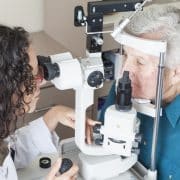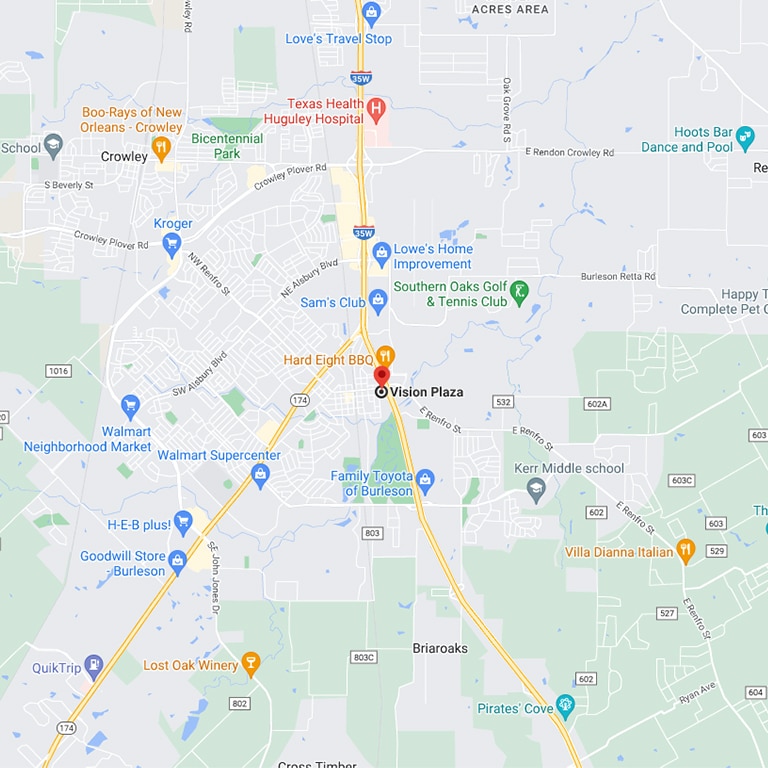Can Diabetic Retinopathy be Reversed?
Receiving a diagnosis of diabetic retinopathy can be quite frightening. After all, this condition can develop to a point where there is significant impaired vision, or even blindness. However, it’s helpful to see the diagnosis from a different perspective, since early diagnosis is key to stopping the condition’s progress in its tracks. Naturally, one of the most common questions that is asked by those diagnosed with diabetic retinopathy is whether the condition can be reversed. The answer isn’t simple. It usually depends on the stage of the disease when it’s detected and then the ongoing management of the underlying condition, which is diabetes.
The Importance of a Diabetic Eye Exam
If you have diabetes or pre-diabetes, it’s imperative to get regular diabetic eye exams in Burleson, TX. This simple step requires nothing more from you than booking the appointment with Vision Plaza and then keeping that appointment. During this exam, your optometrist will run a series of tests and examine your eyes visually. From there, they will be able to assess the health of your eyes as related to diabetic retinopathy. They’ll be able to see if it’s progressed or if the worsening development has been stopped.
What is Diabetic Retinopathy?
Because diabetic retinopathy progresses through several stages, how much damage is done depends a lot on when it’s detected, and when treatment begins. In the early stages, the blood vessels in the retina weaken and develop small bulges, which can leak fluid and blood into the retina. As the condition advances, new, abnormal blood vessels form on the surface of the retina, which bleed and cause scar tissue, leading to retinal detachment and, ultimately, vision loss.
Can Diabetic Retinopathy be Reversed?
The key to managing diabetic retinopathy is early detection and prompt intervention. Once damage has occurred, it’s generally not reversible. However, to clarify, the damage done by diabetic retinopathy is not reversible, but the progression of the condition may be halted and further damage prevented, if treatments and lifestyle changes take place.
Talk to your optometrist in Burleson, TX if you have diabetes or pre-diabetes. Early diagnosis will make a huge difference in how much your vision health can be protected. Contact Vision Plaza today to book your exam.





